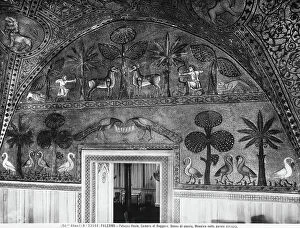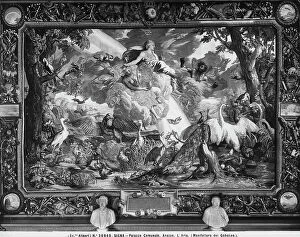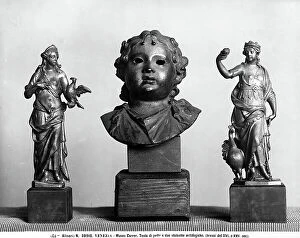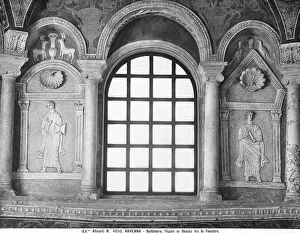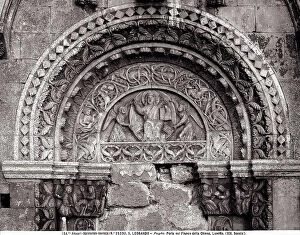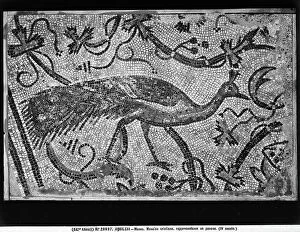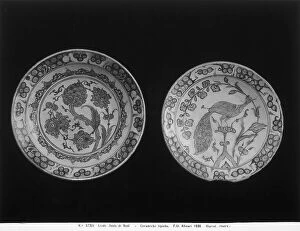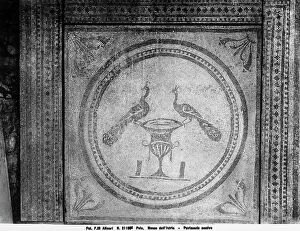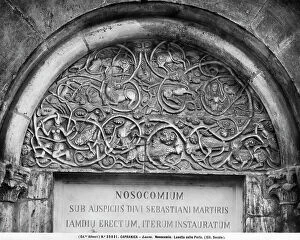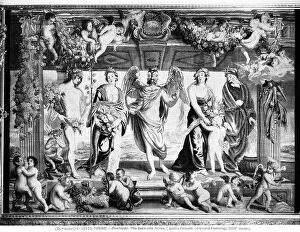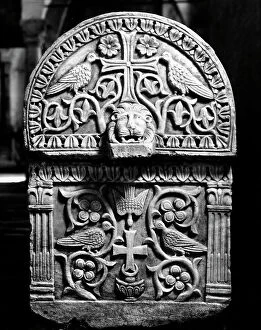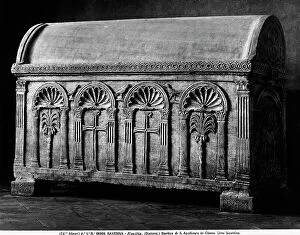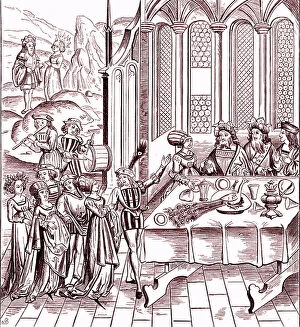Peacock Collection (page 7)
"The majestic peacock, a symbol of beauty and grace, has captivated artists and admirers throughout history
All Professionally Made to Order for Quick Shipping
"The majestic peacock, a symbol of beauty and grace, has captivated artists and admirers throughout history. From the intricate patterns on its feathers to its elegant strut, this regal bird has inspired countless works of art and cultural references. In the world of butterflies, the Red Admiral Butterfly shares a striking resemblance to the peacock with its vibrant colors and intricate wing patterns. Just like the peacock, it is a true masterpiece of nature's design. One notable depiction of the they are be found in "The Coronation of the Shah of Iran, " where this magnificent creature was revered as a symbol of power and royalty. Its presence added an air of grandeur to such significant events. Juno, the Roman goddess known for her beauty and wisdom, chose none other than a peacock as her sacred animal companion. In "Juno and the Peacock, " we see how this stunning bird became synonymous with divine elegance. Traveling back in time to Minoan art in Crete, we discover that even ancient civilizations recognized the allure of these birds. The Prince of Lilies depicted alongside a peacock showcases their significance in representing opulence and prosperity. Even advertisements have utilized the captivating charm of peacocks. The iconic Pears Soap Advertisement featured these birds as symbols of purity and luxury – reminding us that they are not only visually stunning but also hold symbolic meaning. In theatrical performances like "Pierrot and Columbine -- Smile Please, " whimsical characters adorned themselves with feathered costumes resembling our beloved peacocks. Their colorful plumage brought joy to audiences worldwide. Let's not forget about their butterfly counterparts – Peacock Butterflies. These enchanting creatures share similar hues with their avian namesake while fluttering gracefully from one Buddleia plant blossom to another in Lower Saxony, Germany. Peacocks continue to thrive in their natural habitats around Asia, where males proudly display their vibrant plumage to attract mates.







